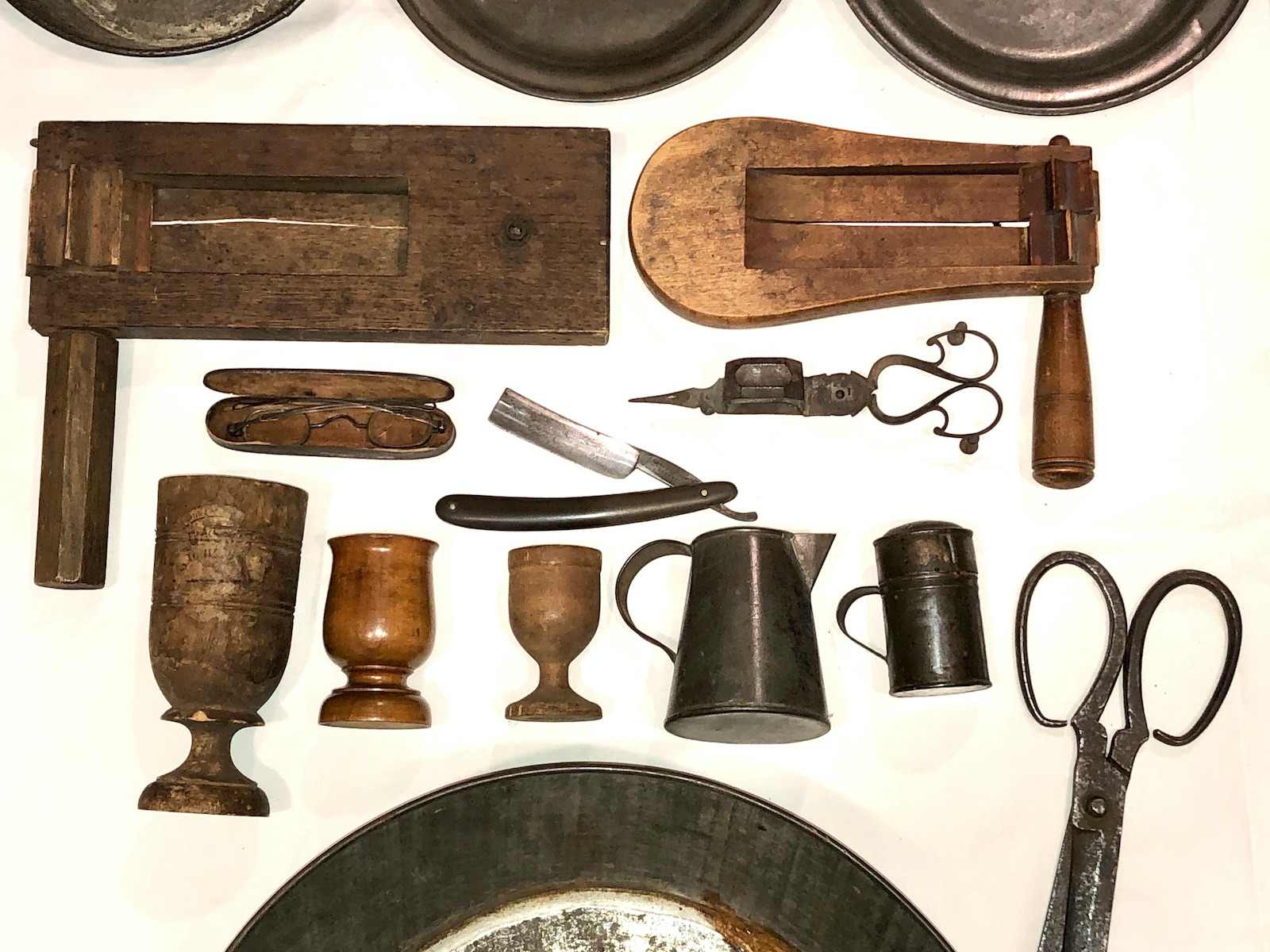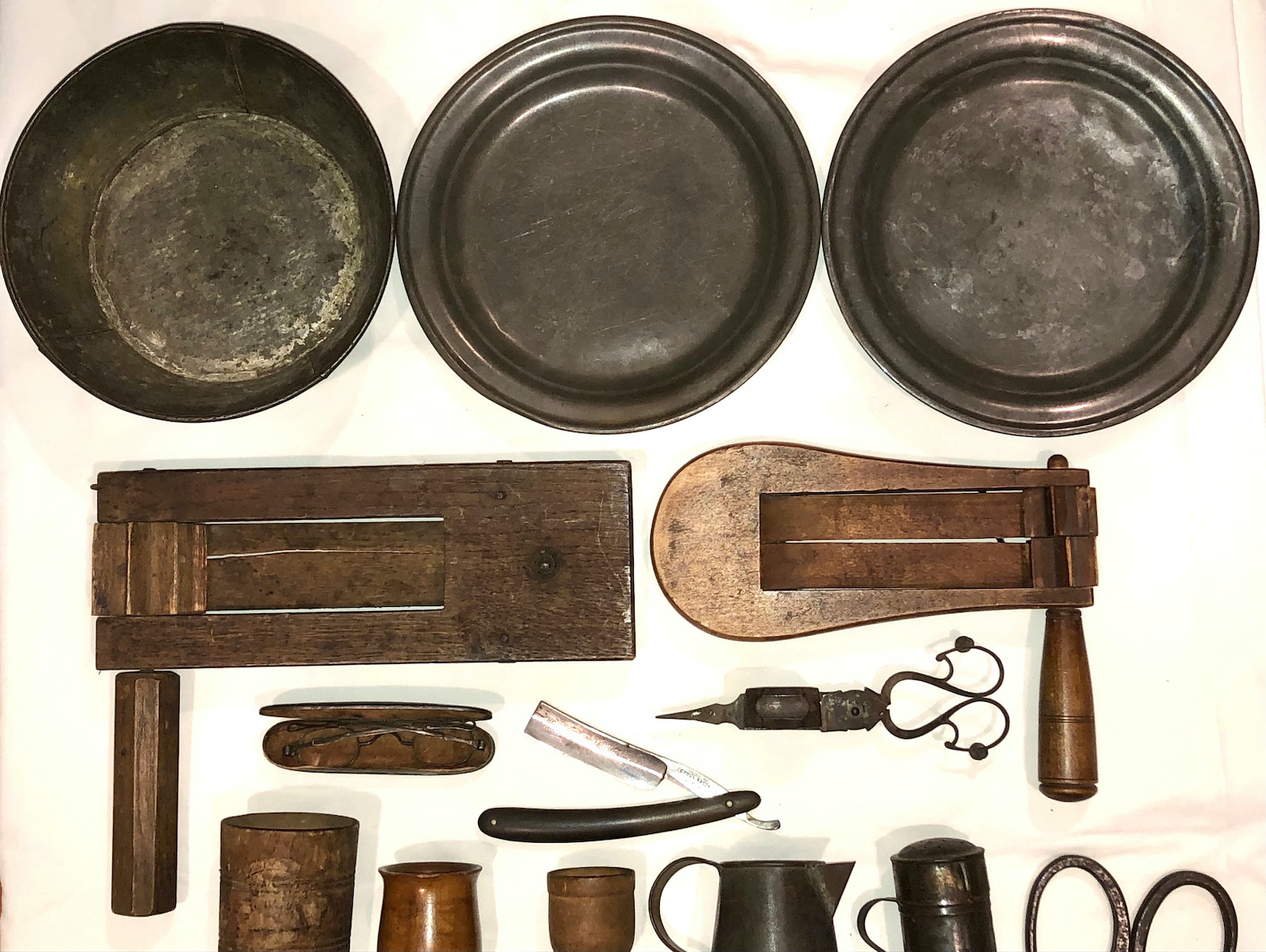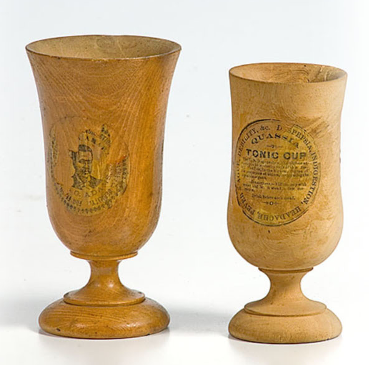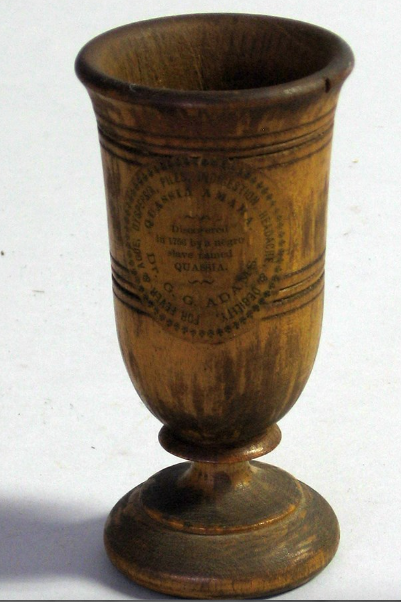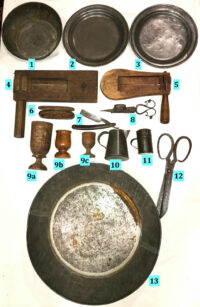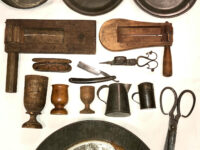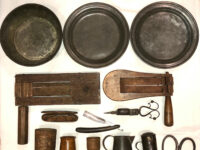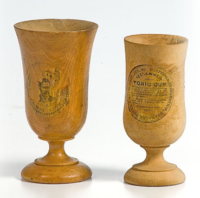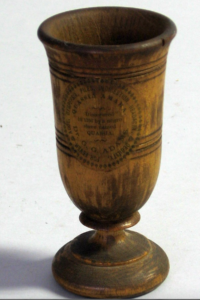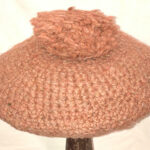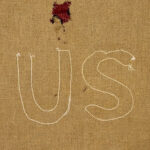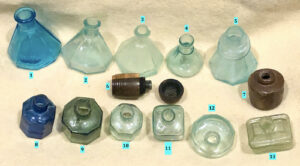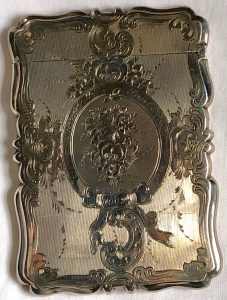Group of Civil War Period Small and Personal Items
Group of Civil War Period Small and Personal Items – A brief description of each item in this group of so-called smalls is listed below with the price per item beside each description:
1- Tinned sheet iron pan; soldiered joints and flat bottom – SOLD
2- Tinned sheet iron, Civil War soldier’s mess plate – SOLD
3- Tinned sheet iron, Civil War soldier’s mess plate – SOLD
4- Civil War period battle rattle – $85 – SOLD
5- Civil War period battle rattle – $85
6- Civil War period spectacles in original case – $65
7- Mid-19th century horn handle, straight razor with etched American Eagle motif on blade – $65
8- Mid-19th century iron candle wick snuffer – $25
9- a: Large Quassia cup** – $30; b: Medium size Quassia cup – $25; c: small Quassia cup – $20
10- Tinned sheet iron, small cream pitcher; soldered seams, flat bottom – $25
11- Tinned sheet iron, condiment or ink duster; soldered seams, flat bottom – $15
12- Large, forged iron, blacksmith made shears – $25
13- Large, tinned sheet iron basin; soldiered joints and flat bottom – $35
** Antique 19th C Apothecary ” Bitters Cup ” Herbal Medicine – Quassia Wood – Quassia wood bitters cup dating from 1850, England. Water would be placed into the cup and the medicinal properties of the quassia would ‘leach out’ into the water. This bitter tonic would then be drunk and was used as a remedy for a range of ailments from roundworm to headache – a natural aid for medical issues in the late 19th century or early 20th century.
Bitter Cup or Quassia cup from the 19th century
Cups made of the wood are native to the West Indies and are known to have existed in 19th century America
ANTIQUE 19th C Wooden APOTHECARY MORTAR Herb MEDICINE Drug – QUASSIA Dyspepsia ANTIQUE 19th C Wooden APOTHECARY MORTAR Herb MEDICINE Drug – QUASSIA Dyspepsia- a really hard to find example of an early medical drug apothecary mortar or container.
Quassia Cups are goblet or tumbler shaped vessels made of quassia wood. They range in size from about three to six inches high. Quassia or Bitter Wood was first discovered in Dutch Guiana in 1763. The wood was initially obtained from a shrub growing in Guiana but was eventually superseded by the wood of a tree indigenous to Jamaica. Water allowed to remain in the cup overnight was used as a bitter tonic and to reduce fever. Quassia cup displays could be found on the counter of many drug stores well into the 20th century.
The two egg-cup shaped wooden cups shown in the accompanying photographs are examples of Quassia cups on display in our National Pharmacy Museum. They are turned from the wood of one of the Quassia family of trees which include Picrosina Excelsa and Quassia Amara.
The cups on display are labeled “For hangover- the morning after”
They were apparently filled with water the night before a binge and the contents drunk the following morning to ease the hangover.
Repeated use of the cup did not seem to dilute or reduce the effect of the Quassia.
The so-called “Hangover Cure” was most probably due to the action of the medicinal bitters contained in the bark of the plant. These stimulated secretions of the oral and stomach mucosa.
Extracts of the bark of the plants containing Quassia were used for a variety of purposes.
They were prescribed to expel worms and used externally as an insect repellant.
Formulae also exist for solutions to keep away flies and mosquitoes.
In more recent times Quassia has been used to denature alcohol.
by Ray Pogir



